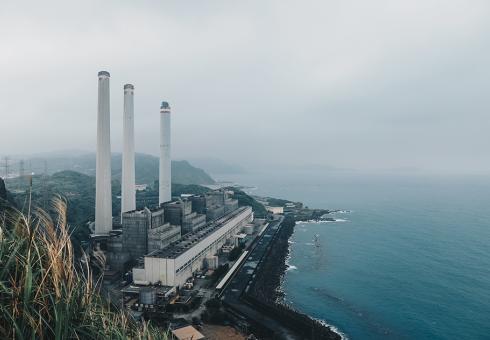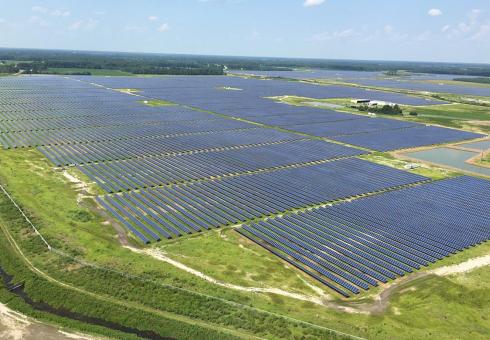MIT Joint Program workshop explores challenges and opportunities of scaling up low-carbon energy
News and Outreach: Y.-H. Henry Chen
Technological innovations, policies, and behavioral changes will all be needed to reach Paris climate agreement targets (Coverage: WBUR, Technology Review, E&E News, Smart Cities Dive, Forbes)
Studies advance natural resource risk assessment, economic modeling and infrastructure resilience
MIT report highlights challenges and opportunities for conserving natural resources and stabilizing the climate
MIT Joint Program workshop explores economic and environmental impacts of scaling up low-carbon energy
Joint Program researchers advocate for improved modeling approach
Presentations to center on Earth system science, infrastructure resilience and air quality
Study explores steps needed to measure each nation’s climate progress

A critical factor in projecting energy, water and land use.
MIT Joint Program to support study through global economic and policy modeling










